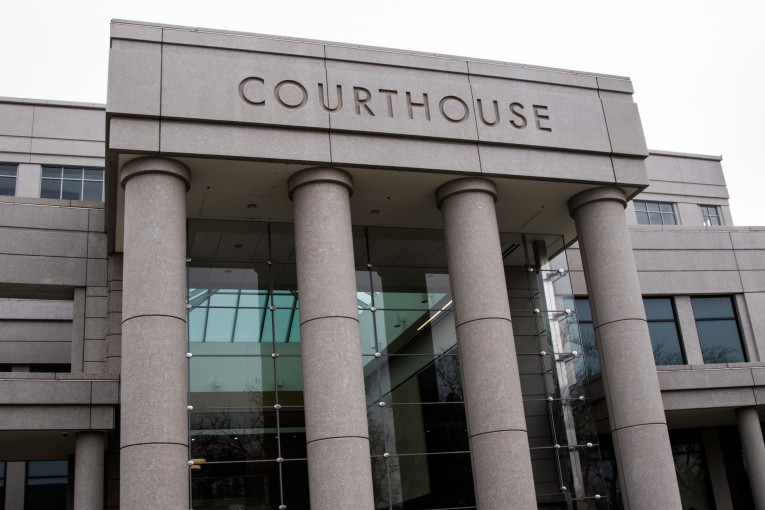

By Jack Sandmeyer
WOODLAND, CA – A woman this past Tuesday filed a motion here in Yolo County Superior Court asking for a judge to suppress her arrest in May of this year for driving under the influence of alcohol.
The judge denied the motion, and now the case is going to be set for trial.
At the onset of the hearing, the accused’s attorney informed Judge Dave Rosenberg they would be challenging two aspects of the incident: The first being the traffic stop itself and the second regarding the credibility of probable cause to arrest the accused.
Deputy District Attorney Stephanie Ann Allen called to the stand Officer Shawn Kattenhorn, who initially pulled over and arrested the accused, as the first witness.
Kattenhorn recalled the incident and said he witnessed a white Honda SUV traveling southbound and the driver, who he described as having “a cell phone that was clearly illuminating her driver compartment and her face.”
When asked if Kattenhorn could tell where the driver was looking, he responded that she was looking down.
According to Kattenhorn, this initial offense violated California Vehicle Code section 23123: “A person shall not drive a motor vehicle while using a wireless telephone unless that telephone is specifically designed and configured to allow hands-free listening and talking, and is used in that manner while driving.”
Upon pulling over the accused, Kattenhorn said he noticed several discernable aspects of her person which led him to question whether she had been operating her vehicle under the influence of alcohol.
Kattenhorn conducted a series of field sobriety tests (FSTs). In each of the three tests the accused was given, Kattenhorn reported that she “performed below the standard.”
He added the accused had a blood-alcohol content of .2 percent which exceeded the legal limit of .08%, and the accused was placed under arrest and transported to jail.
In cross-examination of Officer Kattenhorn, the defense questioned Kattenhorn’s ability to witness the illumination from the accused’s phone from approximately 18 feet away.
Kattenhorn responded to this by stating that he has completed a Radar Coast course which certifies his ability to accurately determine these kinds of distances.
One of the tests required the accused to walk back and forth in a straight line. The defense charged Officer Kattenhorn violated the credibility to this test by not allowing the accused the option to take off her high-heeled shoes, which, the defense said, went against the recommendations of the National Highway Traffic Safety Administration (NHTSA).
The defense outlined the first of the two challenges by the defense, the first being that Officer Kattenhorn did not effectively demonstrate an objective for suspecting the accused of criminal activity.
And defense then argued the determination by Kattenhorn was not sufficient and the method he used of identifying the crime was flawed.
In the second challenge, the defense insisted Officer Kattenhorn did not have probable cause to arrest the accused, claiming the tests conducted were unfair, which renders any suspicion of wrongdoing uncredible.
In response to these challenges, Judge Rosenberg concluded that, based on the traffic codes set in place as well as the officer’s credibility in determining approximate distances, Officer Kattenhorn was within his rights to charge the accused with operating a cellular device while driving.
Rosenberg added Kattenhorn’s handling of the tests was sufficient enough to place the accused under arrest. The motion to suppress for both challenges was denied.
The date for trial setting is scheduled Jan. 3.